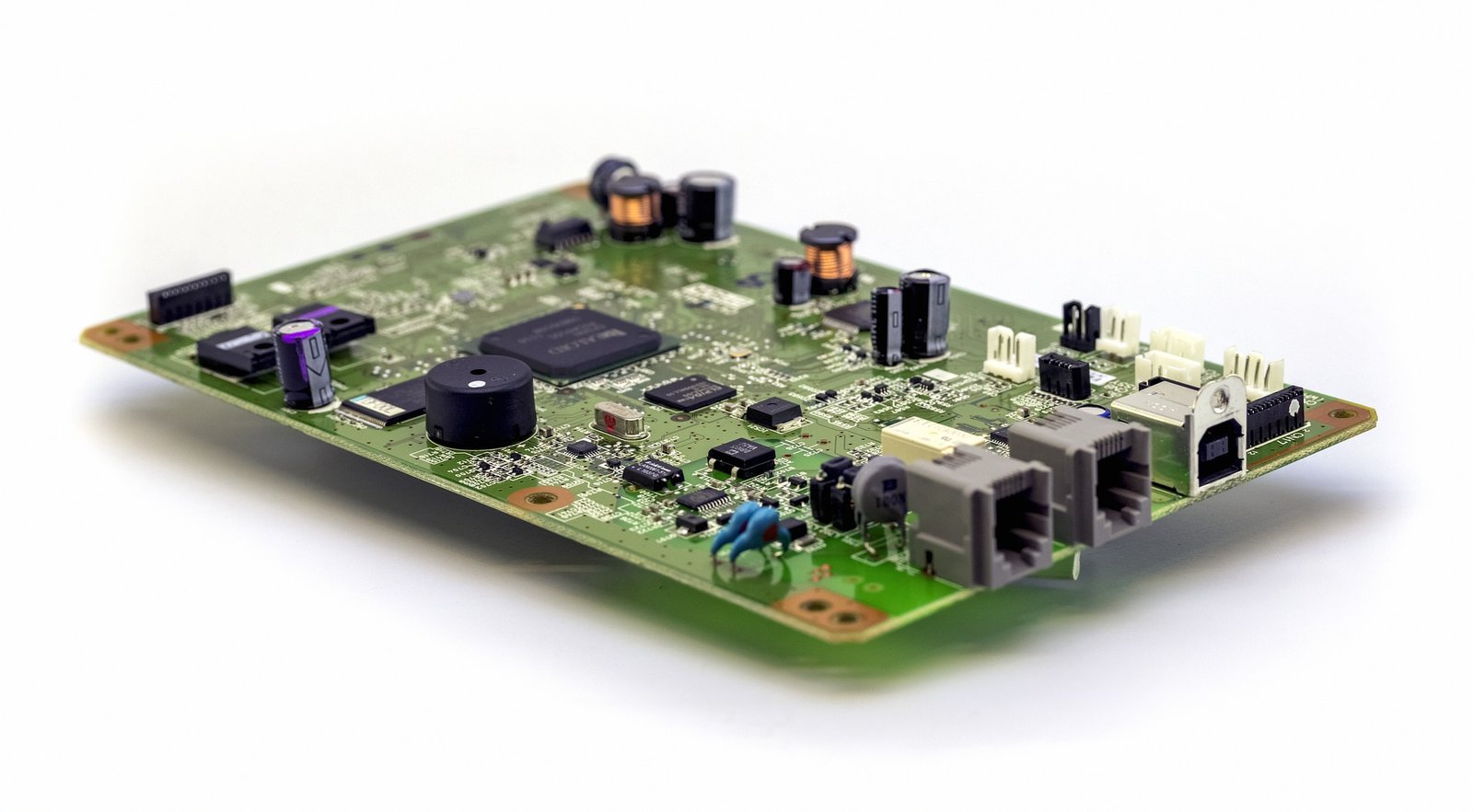Mechanical keyboards are renowned for their durability, customizability, and superior typing experience. A crucial aspect of these keyboards is the way the switches are mounted, which can either be PCB-mounted or plate-mounted. Understanding this distinction is essential, especially if you are interested in customizing your keyboard or ensuring compatibility with specific components. Here’s a detailed guide on how to determine if your mechanical keyboard is PCB-mounted.
1. Examine the Switch Housing
The most straightforward way to determine if your keyboard is PCB-mounted is by examining the switch housing. In a PCB-mounted keyboard, the switches are directly soldered to the printed circuit board (PCB). These switches typically feature three pins: two metal pins for the electrical connection and a third plastic pin, sometimes referred to as a center pin, which helps stabilize the switch on the PCB. This third pin is unique to PCB-mounted switches and is not found in plate-mounted configurations. By carefully removing a keycap and inspecting the switch, you can identify the presence of these three pins, confirming that your keyboard is PCB-mounted.
2. Check for the Absence of a Mounting Plate
Another method to determine if your keyboard is PCB-mounted is to check for the absence of a mounting plate. Plate-mounted keyboards have a metal or plastic plate that holds the switches in place before they are soldered to the PCB. This plate provides additional stability and rigidity to the keyboard. To check for a mounting plate, you may need to remove several keycaps and switches. If you find that the switches are soldered directly to the PCB without the support of a mounting plate, your keyboard is likely PCB-mounted. The absence of this mounting plate is a key indicator that your keyboard relies solely on the PCB to hold the switches in place.
3. Assess the Stability and Typing Feel
Another way to infer if your keyboard is PCB-mounted is by assessing its stability and typing feel. PCB-mounted keyboards might feel slightly less stable compared to plate-mounted ones because the switches are only supported by the PCB. This can result in a softer or more flexible typing experience, particularly if the PCB itself is thin. If you notice that your keyboard feels a bit more flexible or less rigid during typing, it could be an indication that it is PCB-mounted.
4. Review the Manufacturer’s Specifications
If visual inspection doesn’t provide a clear answer, consulting the manufacturer’s specifications is another reliable approach. Many PCBA manufacturers, including ArisenTec, offer detailed descriptions of their products, specifying whether the switches are PCB-mounted or plate-mounted. This information is typically available in the product description, technical specifications, or user manual. Knowing this detail can be crucial if you plan to perform modifications, such as replacing switches or upgrading components.
5. Consider the Keyboard’s Construction
The overall construction of your keyboard can also offer clues about whether it is PCB-mounted. High-end custom keyboards, which emphasize flexibility and ease of modification, often use PCB-mounted designs. This is because removing or replacing switches in a PCB-mounted keyboard is generally easier than in a plate-mounted one, as there is no mounting plate to deal with.
Conclusion
Determining whether your mechanical keyboard is PCB-mounted is crucial for those looking to customize, repair, or upgrade their device. By examining the switch housing, checking for the presence of a mounting plate, assessing the keyboard’s stability, and reviewing manufacturer specifications, you can accurately identify the type of switch mounting in your keyboard. ArisenTec provides high-quality PCBA manufacturing services, ensuring that your keyboards, whether PCB-mounted or plate-mounted, are built to the highest standards. Understanding this aspect of your keyboard’s construction will help you make informed decisions and enhance your overall typing experience.
For more information on PCB-mounted designs and other advanced PCBA manufacturing solutions, visit ArisenTec.
Choosing the Right Wires for Breadboard Wiring: A Comprehensive Guide
Breadboards are a staple in electronic circuit building, offering flexibility and ease of use for both beginners and professionals. However, one of the most critical aspects of working with breadboards is selecting the right wires. The wires you choose can impact not only the functionality of your circuit but also its longevity and ease of…
How to Improve Heat Dissipation in PCB Design
Introduction As modern electronic devices become more complex and power-dense, heat dissipation has emerged as a critical factor that directly impacts device performance and reliability. Excessive junction temperatures in electronic systems can shorten the lifespan of components and lead to system failure. Thus, optimizing the PCB (Printed Circuit Board) design to improve heat dissipation is…
Manufacturing Process of Multilayer PCBs
Multilayer PCB manufacturing methods include the plated-through hole (PTH) and high-density interconnect (HDI) methods, both achieved by combining different processes to realize the circuit board structure. Currently, the most widely used method is the PTH method, which has been developed and refined over more than half a century. The PTH method is mature in terms…


